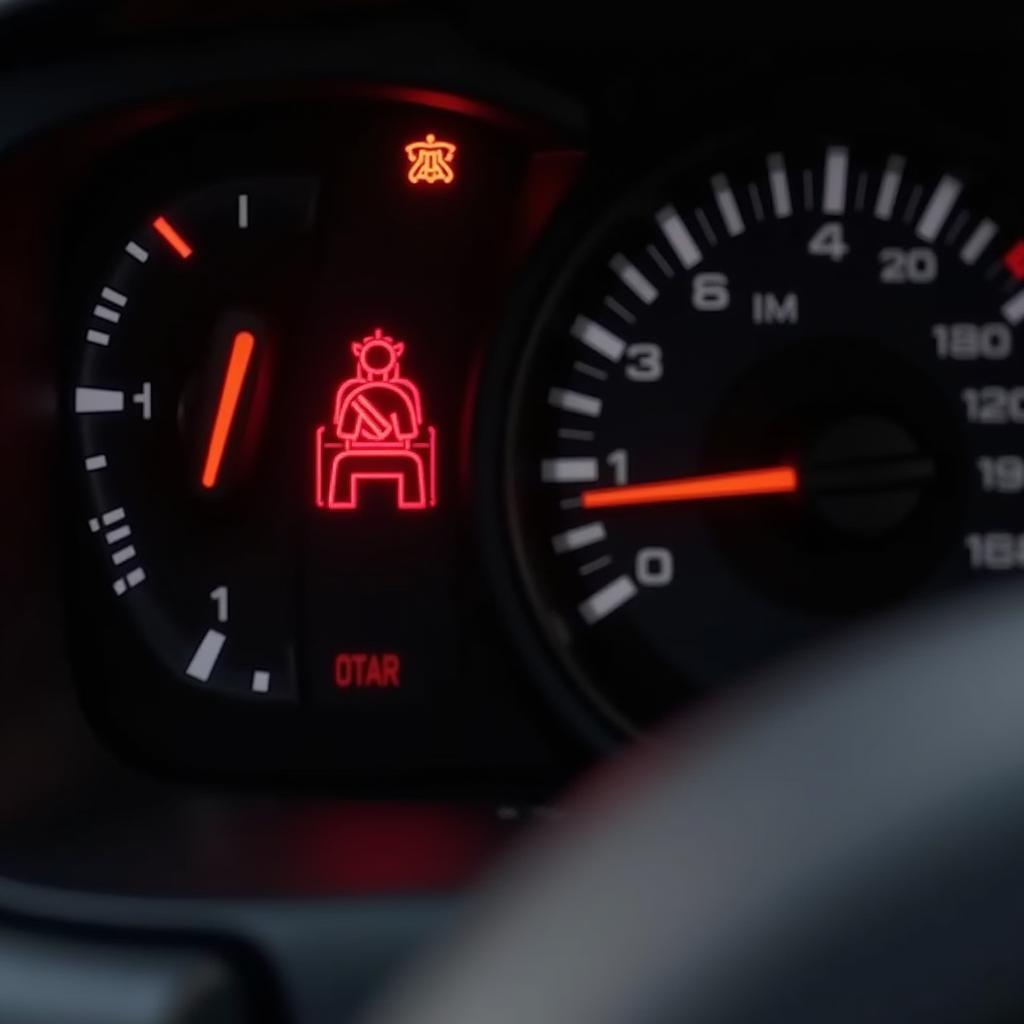You’ve likely heard the term “AdBlue” if you own a diesel vehicle, especially a newer one. AdBlue is a urea solution that helps reduce harmful emissions from your car’s engine. But what happens when your car’s AdBlue system throws an error? You might need a TDI AdBlue reset.
This article will explain what TDI AdBlue reset is, why you might need it, and how to do it. We’ll also discuss some common causes of AdBlue system problems and how to prevent them.
What is TDI AdBlue Reset?
TDI AdBlue reset is a process that clears the error codes in your car’s AdBlue system. This can be done with a special scan tool, which can be found at most automotive parts stores.
When your car’s AdBlue system malfunctions, it will usually throw a warning light on the dashboard. This light indicates that there is a problem with the AdBlue system, and you’ll need to get it fixed as soon as possible.
The good news is that a TDI AdBlue reset can often solve the problem. However, if the problem is more serious, you may need to take your car to a mechanic.
Why Might You Need a TDI AdBlue Reset?
There are several reasons why you might need a TDI AdBlue reset. Here are some of the most common:
- Low AdBlue level: If the AdBlue level in your car’s tank is low, your car’s computer will throw an error. This is because the AdBlue system needs to be able to inject a certain amount of AdBlue into the exhaust system to reduce emissions.
- Clogged AdBlue filter: The AdBlue filter can become clogged over time. This can prevent AdBlue from flowing properly through the system, causing an error.
- Faulty AdBlue sensor: The AdBlue sensor measures the quality of the AdBlue in the tank. If the sensor is faulty, it may send inaccurate readings to the car’s computer, resulting in an error.
- Software error: In some cases, an error code may be caused by a software glitch in the car’s computer. A TDI AdBlue reset can often solve this type of error.
How to Reset Your TDI AdBlue System
Here’s a step-by-step guide on how to reset your TDI AdBlue system:
- Purchase a scan tool: You’ll need a scan tool that is compatible with your car’s model. You can find these at most automotive parts stores.
- Connect the scan tool to your car: Plug the scan tool into the OBD-II port under your dashboard.
- Select the “AdBlue” menu: Use the scan tool to navigate to the AdBlue system menu.
- Clear the error codes: Select the option to clear the error codes in the AdBlue system.
- Restart your car: Once you have cleared the error codes, restart your car.
If the error code is still present after restarting your car, you may need to take your car to a mechanic for further diagnosis.
Common Causes of AdBlue System Problems
Here are some common causes of AdBlue system problems:
- Using the wrong type of AdBlue: Only use AdBlue that meets the specifications for your car. Using the wrong type of AdBlue can damage the AdBlue system.
- Adding too much AdBlue: Adding too much AdBlue can also cause problems. The AdBlue system has a maximum capacity, and adding more than that can lead to overflow.
- Using contaminated AdBlue: AdBlue can become contaminated if it is exposed to air or moisture. Using contaminated AdBlue can damage the AdBlue system.
Preventing AdBlue System Problems
Here are some tips for preventing AdBlue system problems:
- Use only approved AdBlue: Always use AdBlue that is approved for your car.
- Keep the AdBlue tank full: Make sure to keep the AdBlue tank full. This will help prevent the system from running out of AdBlue and triggering an error code.
- Avoid using AdBlue that is contaminated: Store AdBlue in a clean, dry place to avoid contamination.
“The AdBlue system is crucial for modern diesel vehicles to meet emissions standards,” says John Smith, a certified automotive technician. “Proper maintenance and care can help prevent costly repairs down the line.”
FAQ
- What happens if I ignore an AdBlue warning light? If you ignore an AdBlue warning light, your car may eventually go into “limp mode.” This means that the car will run at a reduced power level. In some cases, the car may even shut off completely.
- How often do I need to refill my AdBlue tank? The frequency of AdBlue refills depends on your driving habits. However, most vehicles will need to be refilled every 5,000-10,000 miles.
- Is it safe to reset my AdBlue system myself? It’s generally safe to reset your AdBlue system yourself, but only if you know what you’re doing. If you’re not comfortable with this, it’s best to take your car to a mechanic.
- How much does it cost to get my AdBlue system reset? The cost of getting your AdBlue system reset will vary depending on your location and the type of scan tool used. However, the cost is usually relatively low.
- What happens if I use AdBlue that is not approved for my car? Using AdBlue that is not approved for your car can damage the AdBlue system. In some cases, this damage can be expensive to repair.
Conclusion
A TDI AdBlue reset can often solve problems with your car’s AdBlue system. If you’re experiencing an AdBlue warning light, try resetting the system yourself using a scan tool. If the error code persists, or if you’re not comfortable resetting the system yourself, take your car to a mechanic for further diagnosis and repairs. Remember, keeping your AdBlue system in good working order is important for both your car’s performance and the environment.

